Rising Demand for Renewable Energy
The increasing emphasis on renewable energy sources is driving the Low Voltage Power Cable Market. As countries strive to meet energy transition goals, the integration of solar and wind energy systems necessitates the use of low voltage power cables for efficient energy distribution. In 2025, the renewable energy sector is projected to account for a substantial share of the overall energy mix, leading to heightened demand for low voltage power cables. This trend is further supported by government incentives and policies aimed at promoting clean energy solutions, which are likely to bolster investments in infrastructure requiring low voltage power cables.
Increased Focus on Energy Efficiency
The growing emphasis on energy efficiency is a significant driver of the Low Voltage Power Cable Market. As businesses and consumers seek to reduce energy consumption and lower utility costs, the demand for energy-efficient electrical solutions is rising. Low voltage power cables play a crucial role in facilitating energy-efficient systems, such as LED lighting and energy management systems. In 2025, the market is likely to see an uptick in demand for low voltage power cables that support energy-efficient technologies, driven by regulatory frameworks and consumer preferences for sustainable solutions.
Urbanization and Infrastructure Development
Rapid urbanization is a key driver of the Low Voltage Power Cable Market. As urban areas expand, the need for robust electrical infrastructure becomes paramount. In 2025, urban centers are expected to witness significant growth, leading to increased construction activities. This surge in infrastructure development, including residential, commercial, and industrial projects, necessitates the installation of low voltage power cables for reliable electrical connectivity. The construction sector's growth is anticipated to contribute to a notable increase in the demand for low voltage power cables, as they are essential for powering new buildings and facilities.
Expansion of Electric Vehicle Infrastructure
The expansion of electric vehicle (EV) infrastructure is poised to impact the Low Voltage Power Cable Market positively. As the adoption of electric vehicles continues to rise, the need for charging stations and related electrical infrastructure is becoming increasingly critical. In 2025, the number of EV charging stations is expected to grow significantly, necessitating the installation of low voltage power cables to support these systems. This trend is likely to drive demand for low voltage power cables, as they are essential for connecting charging stations to the electrical grid, thereby facilitating the transition to electric mobility.
Technological Innovations in Cable Manufacturing
Technological advancements in cable manufacturing are influencing the Low Voltage Power Cable Market. Innovations such as improved insulation materials and enhanced production techniques are leading to the development of more efficient and durable low voltage power cables. In 2025, manufacturers are likely to adopt advanced technologies to meet the evolving needs of consumers and industries. These innovations not only enhance the performance of low voltage power cables but also reduce production costs, making them more accessible to a wider range of applications. As a result, the market is expected to experience growth driven by these technological improvements.


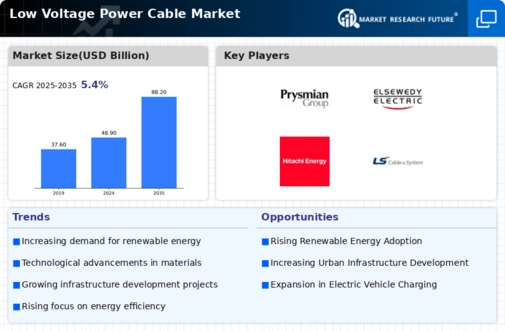
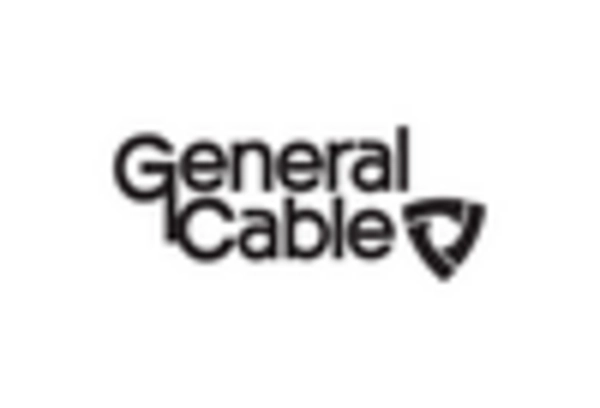
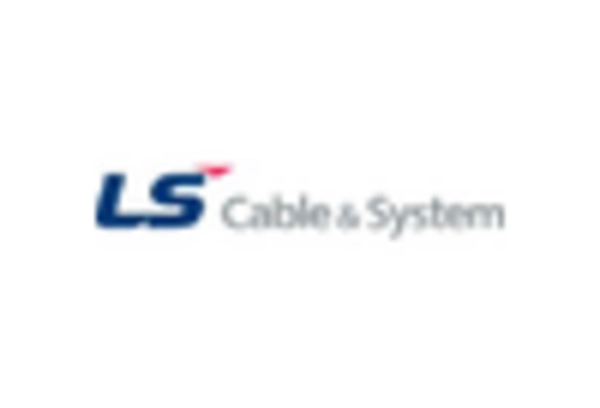
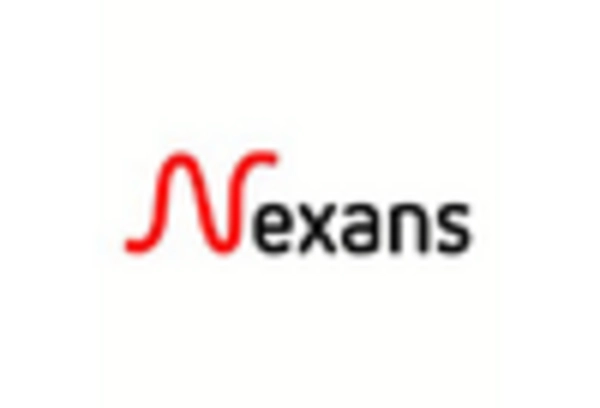
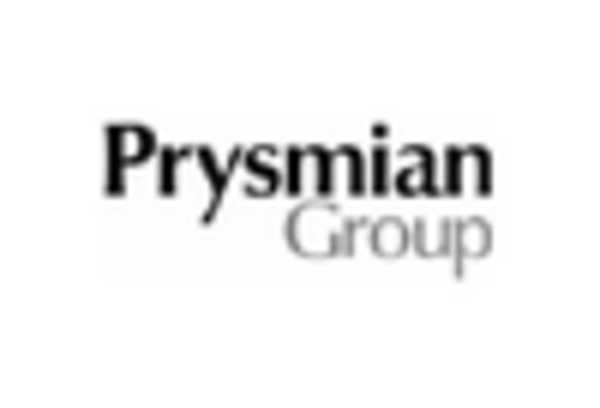
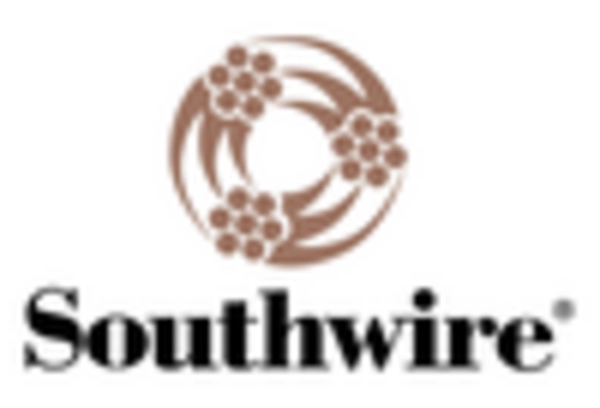
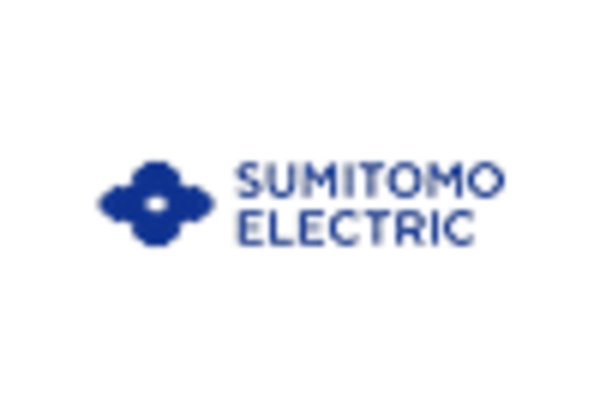








Leave a Comment